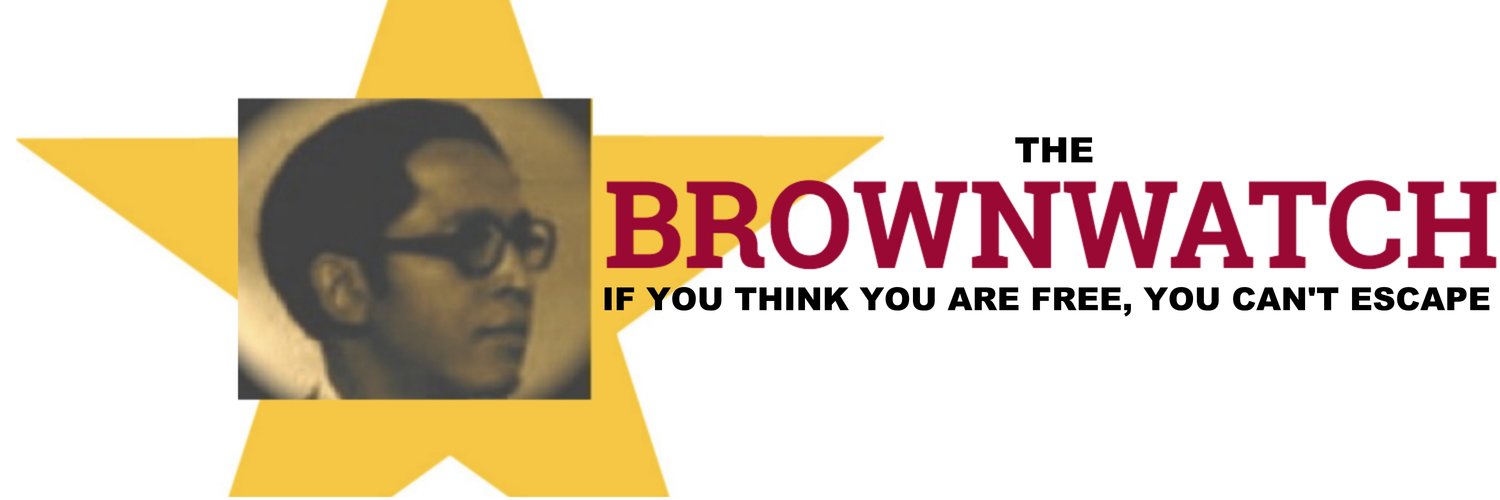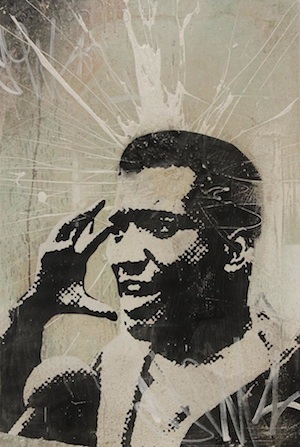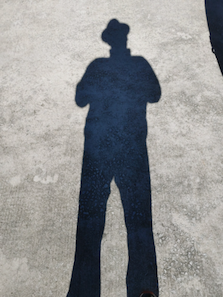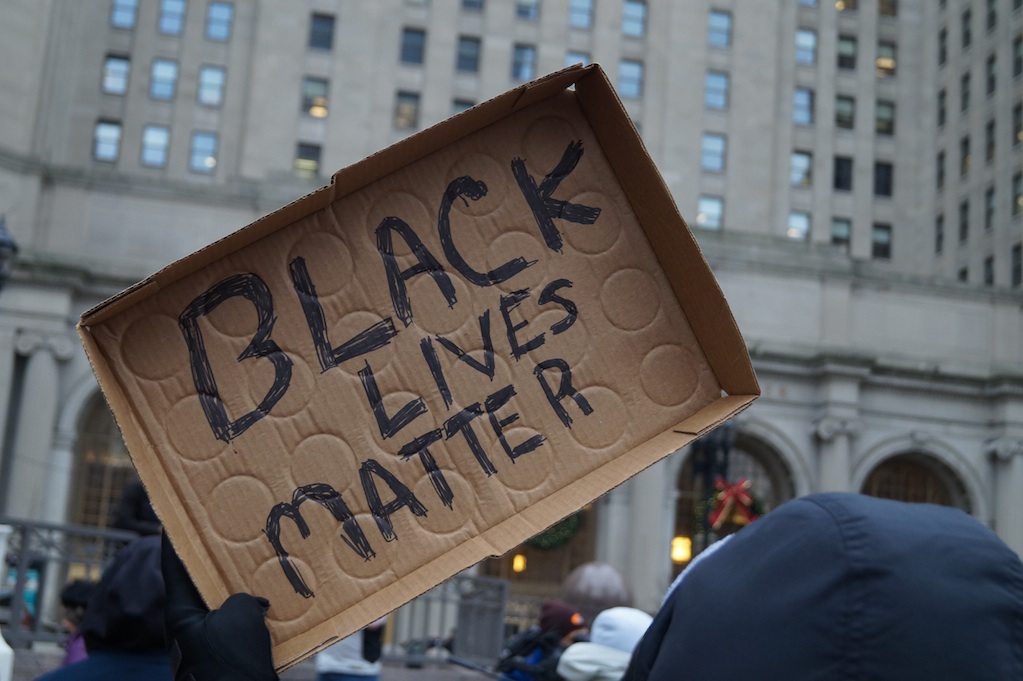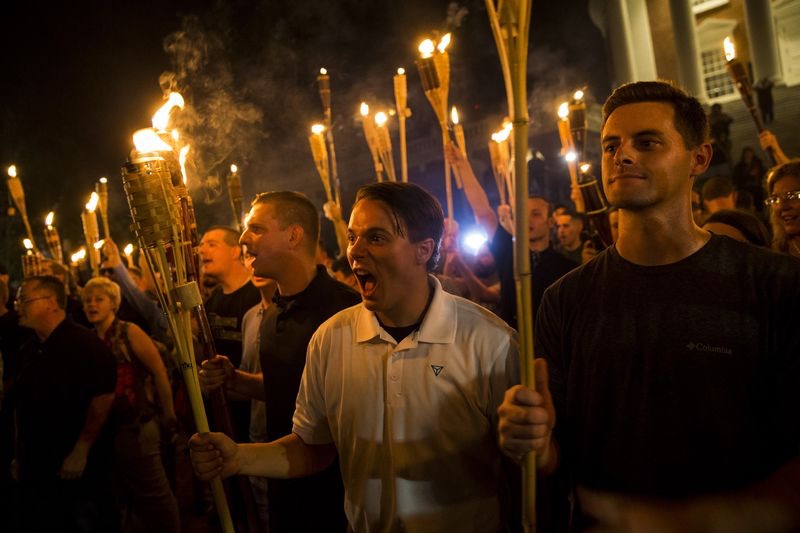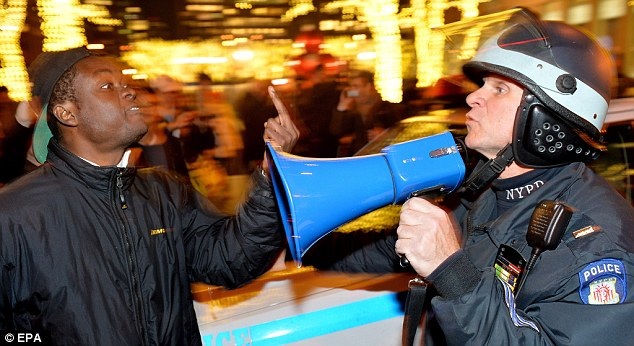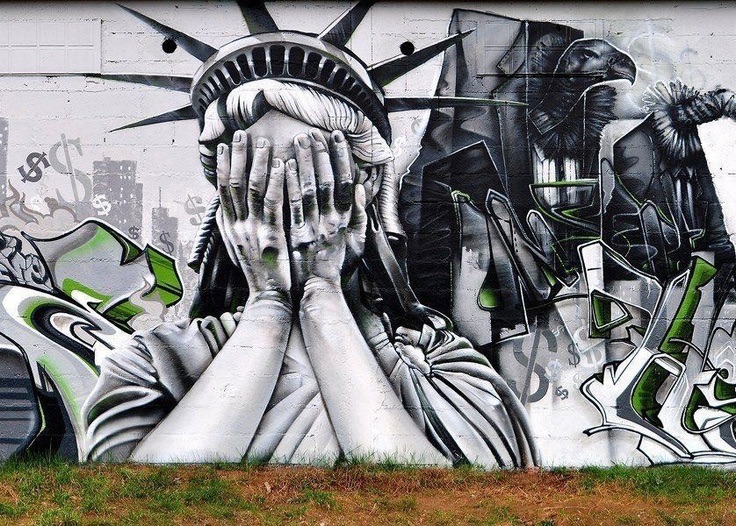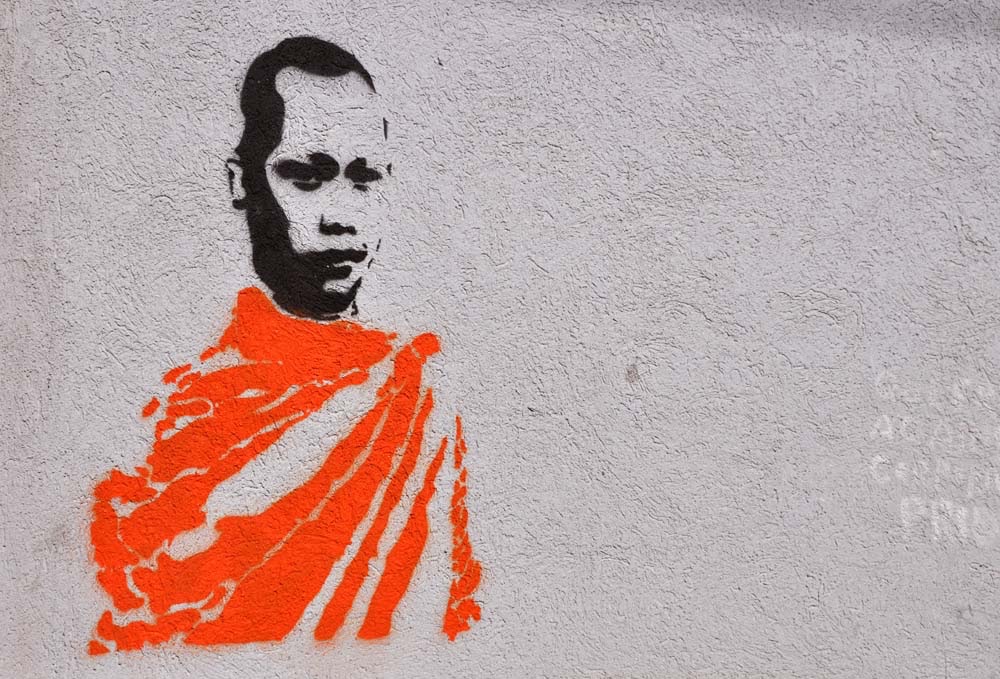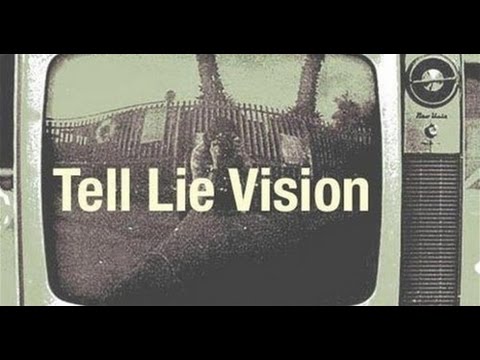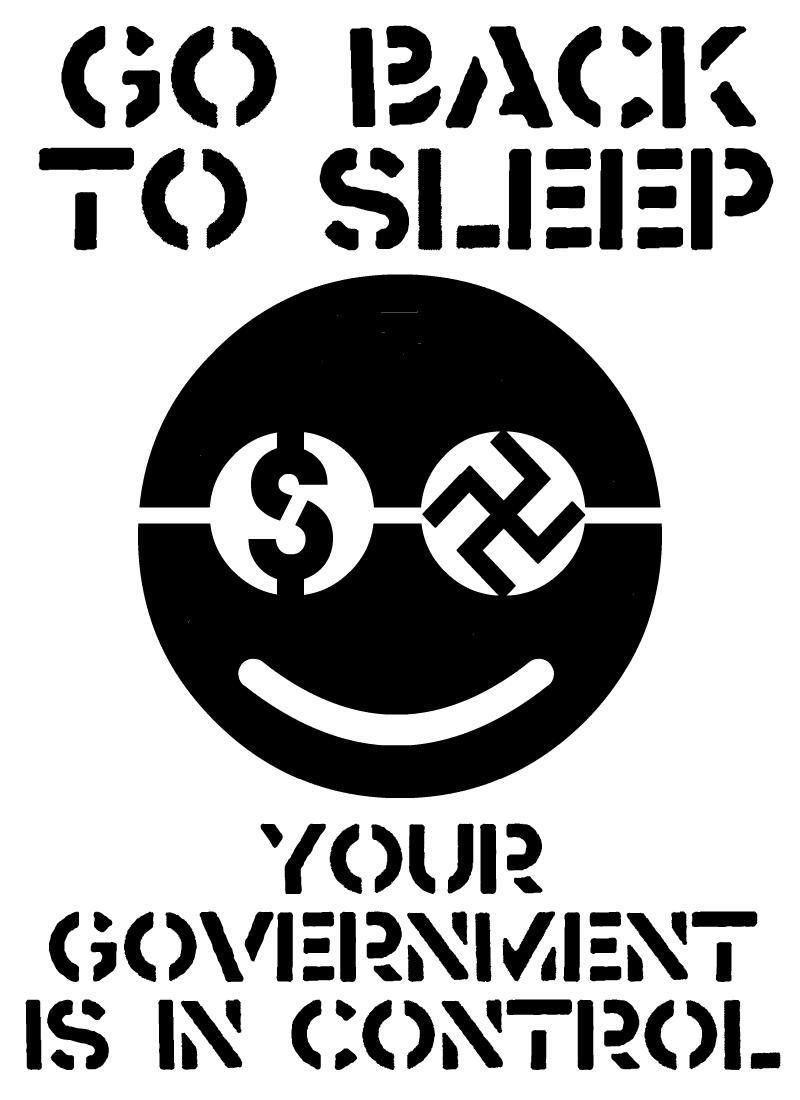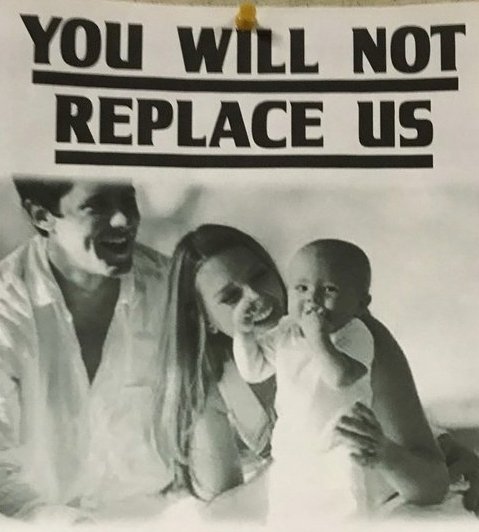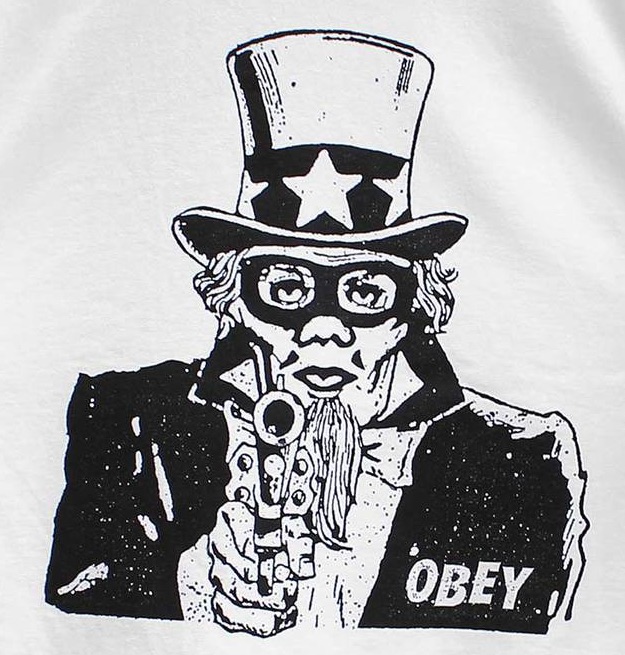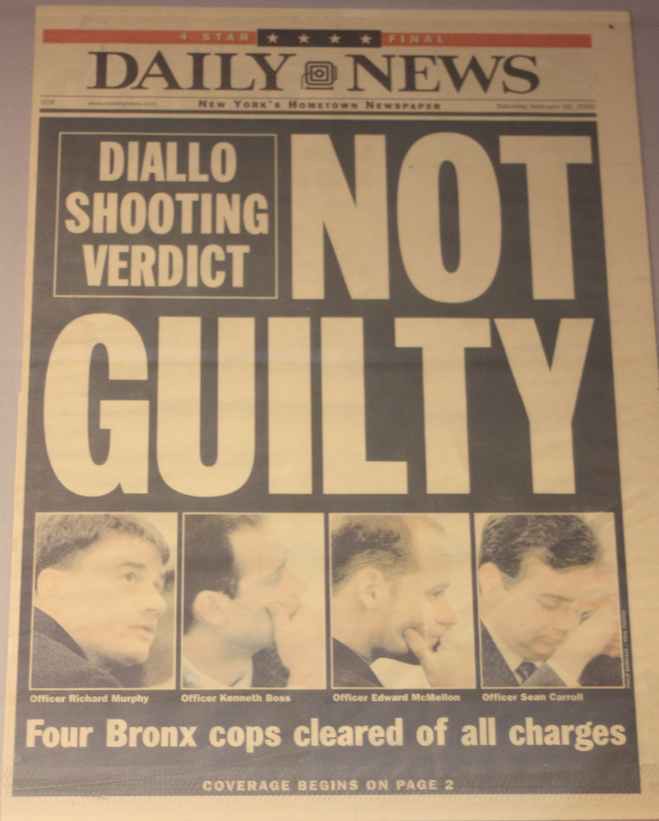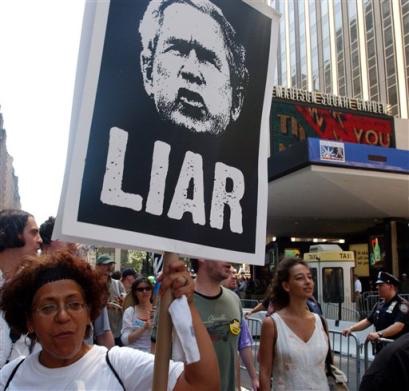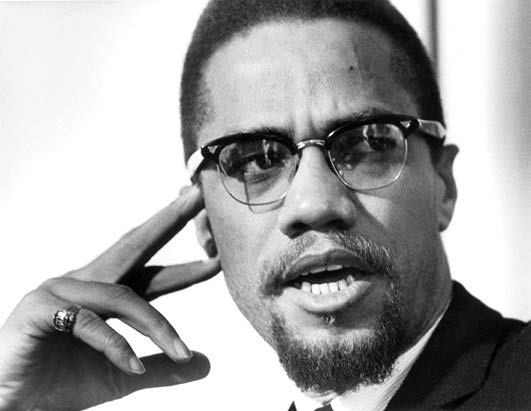From [HERE] and [HERE] For hours, the Paterson police pleaded with Najee Seabrooks to come out of a locked bathroom where he was threatening to kill himself.
“Everybody’s walking out of here, including you,” one of the officers told him, according to video from police body cameras released by the New Jersey attorney general’s office this week.
“I’m dying in this bathroom,” said Mr. Seabrooks, a 31-year-old mentor at an anti-violence organization in Paterson, a city of 158,000 people in northern New Jersey.
“That’s not happening, Najee,” the officer replied. “Not on my watch. Come on. You’re going to live a long time. This ain’t how it ends for you.”
Najee Seabrooks had been feeling the stress of his job, relatives said.
But at 12:51 p.m. on March 3, about five hours after someone called 911 to report a man in distress, Mr. Seabrooks was declared dead. He had been shot by two officers, who fired at him after Mr. Seabrooks came out of the bathroom and “lunged toward the officers with a knife in his hand,” according to a statement by the attorney general’s office, which is investigating the shooting.
The attorney general’s office identified the two officers who fired their weapons as Anzore Tsay and Jose Hernandez, both of whom are members of the department’s emergency response team.
The case has roiled the city, where Mr. Seabrooks’s colleagues and family have demanded to know why mental health specialists were not allowed into the apartment so they could help. Protesters have marched to decry the shooting and to call for the U.S. Justice Department to investigate. One week after Mr. Seabrooks was shot, several dozen people gathered at a restaurant owned by one of the officers involved in the shooting and banged and kicked at the security gate.
A coalition of community organizations is calling for federal authorities to investigate the police department in Paterson, New Jersey, after the fatal police shooting of anti-violence advocate Najee Seabrooks.
Led by the New Jersey Institute for Social Justice, the groups sent the U.S. Attorney General’s Office a letter Monday asking for a federal probe, citing an FBI investigation that resulted in eight convictions of city cops as well as pending criminal cases and civil lawsuits accusing Paterson police officers of misconduct.
“Mr. Seabrooks desperately needed and deserved treatment, which was available to him, not a death sentence imposed upon him by PPD,” the letter said.
Seabrooks, a member of a violence intervention group, was fatally shot by a city police officer on March 3 after a five-hour standoff while an emotionally disturbed Seabrooks was barricaded inside his home. A union leader said officers fired their guns after Seabrooks brandished a knife and moved toward police.
The institute’s letter cited dozens of news stories, government reports and a police department audit conducted by city consultants as examples of why a federal probe is needed.
“Residents of Paterson have lived for years under a police department with a history of excessive force and other abuse, all felt disproportionately by Black and Brown residents in one of the most diverse cities in the country,” said the group’s letter.
Hospital asks why crisis team wasn't called
Meanwhile, the top official at St. Joseph’s University Medical Center is questioning the way authorities responded to the 911 call that resulted in the fatal police shooting.
St. Joseph’s President and CEO Kevin Slavin said the hospital has a “highly skilled and trained” intervention team composed of behavioral health professionals to respond to “individuals in crisis.” But Slavin said that group was never contacted during the Seabrooks police standoff.
“We must ask the question – why were we not called?” Slavin said in comments first reported on nj.com. “And, demand that this valuable community resource be used in the future for other individuals in psychiatric crises.”
Attorney General remains mum
The New Jersey Attorney General’s Office has revealed few details about the incident and released nothing new in the past five days.
The office said the 911 call that brought the Paterson Police Department’s emergency response team to Seabrooks’ home on March 3 involved “an individual in distress” who barricaded himself inside a bathroom and eventually was shot and killed by officers.
Amid the lack of official information, there has been widespread speculation about what took place. Seabrooks’ death has ignited community outrage, resulting in multiple near-miss confrontations between protesters and police in Paterson last week, including a tense standoff in the rain Friday night outside a restaurant owned by the family of one of the officers involved in the incident.
'Many of us continue to struggle'
Paterson law enforcement officials declined to comment about the concerns raised by the hospital president and the Newark-based social justice group, saying the investigation into Seabrooks’ shooting death is being handled by the Attorney General’s Office.
“As we search for answers on the tragic death of Najee Seabrooks, many of us continue to struggle with what more we could have done so this would not have happened,” said Slavin, the hospital president.
Since 2020, St. Joseph’s has had a partnership with the Paterson Healing Collective, the violence intervention group where Seabrooks worked. Seabrooks initially became involved with the Healing Collective when he was shot in 2021, officials said.
Healing Collective members have said Seabrooks called and texted them during the early stages of the police encounter earlier this month, asking them to help him. The group contends Seabrooks would still be alive if its members had been allowed to intervene.
Paterson Superior Officers police union, Mason Maher, said Seabrooks was wielding at least one knife when he came at them. The Attorney General’s Office has said three knives were recovered at the scene.
Hospital says police know about crisis teams
Slavin’s comments point to what could have been a different type of intervention, one by a hospital crisis outreach team that was deployed 379 times in 2022, according to St. Joseph’s. Hospital officials said they do not keep statistics that would show how many of those cases took place in Paterson or how many times the teams worked with Paterson police officers.
“They’re aware of us, they train with us, they work with us all the time,” St. Joseph’s spokesman Tom Casey said about the Paterson police. “It’s a familiar relationship on both sides.”
Casey said the crisis team has responded to cases in which people in distress had weapons. But those calls are handled in conjunction with local police, he said.
The hospital and Paterson are planning to launch a program later this year that would sent counselors with cops to crisis scenes.
